10 Must-Watch Horror Films From A24
A24 has earned a strong reputation for producing some of the most unsettling and thought-provoking horror films in recent years. From eerie folk tales to shocking psychological thrillers, the studio has a way of turning fear into art. These stories mix raw emotion with chilling visuals that stay with viewers long after the credits roll. Here are some of the best A24 horror films that every fan should watch.
This post may contain affiliate links, which helps keep this content free. Please read our disclosure for more info.
Hereditary

Ari Aster’s Hereditary is often called one of the most disturbing modern horror films for good reason. It begins as a quiet story about grief but slowly twists into something far darker. Toni Collette delivers an unforgettable performance as a mother unraveling under mysterious family trauma. Every scene feels heavy with dread, building toward a shocking and unforgettable finale.
What makes the film stand out is its slow, deliberate pacing and deeply emotional storytelling. The supernatural elements never overshadow the human pain at its core. The house itself becomes a silent character, filled with eerie miniatures and hidden clues. It’s a movie that leaves you unsettled long after watching.
The Witch
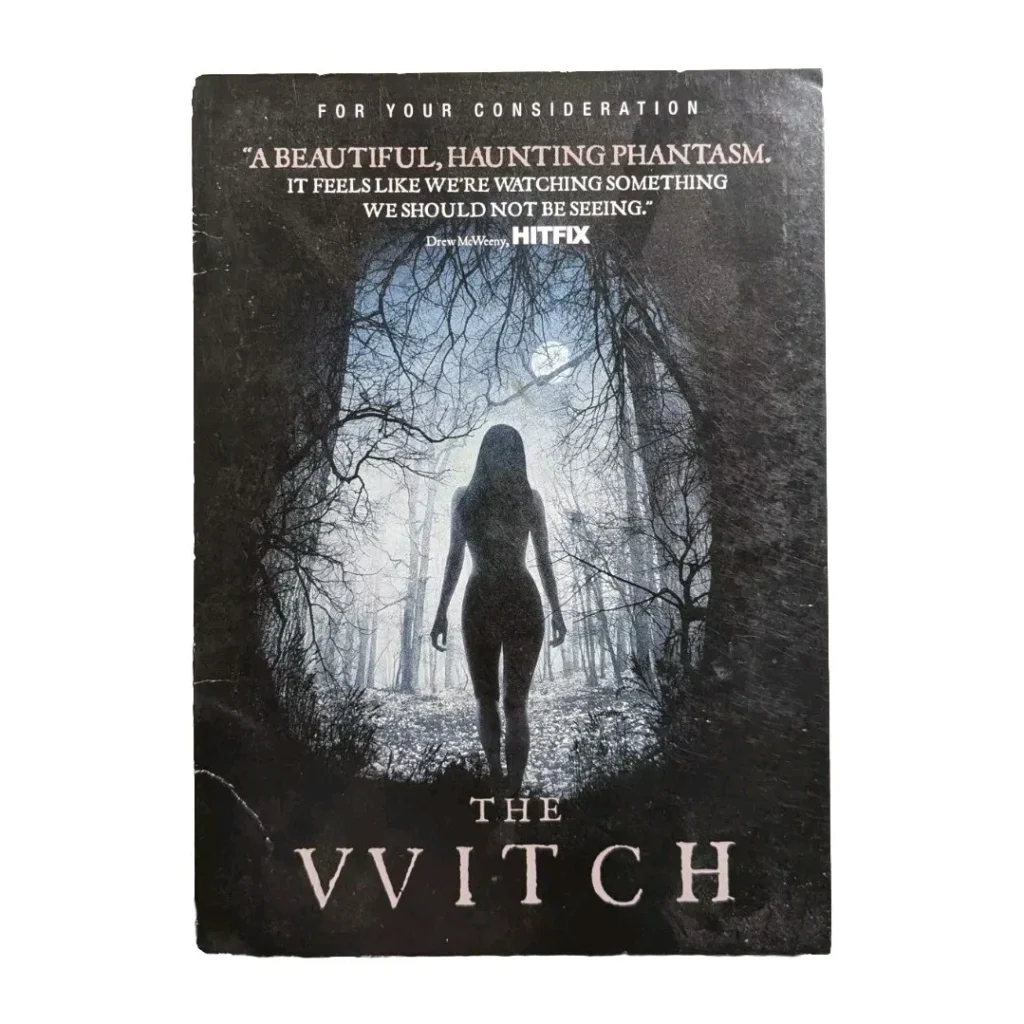
Robert Eggers’ The Witch takes viewers to 1630s New England, where a Puritan family faces paranoia and fear after being cast out of their community. The forest surrounding their small home feels alive, holding secrets they can’t explain. Anya Taylor-Joy’s breakout role as Thomasin captures innocence colliding with darkness. The story builds through whispers, isolation, and guilt that slowly tear the family apart.
The film’s authenticity adds to its unease. Eggers used period dialogue and natural lighting to make every frame feel real. Silence and stillness replace jump scares, creating tension that seeps into every moment. It’s a haunting folktale about faith, temptation, and the unknown.
Midsommar
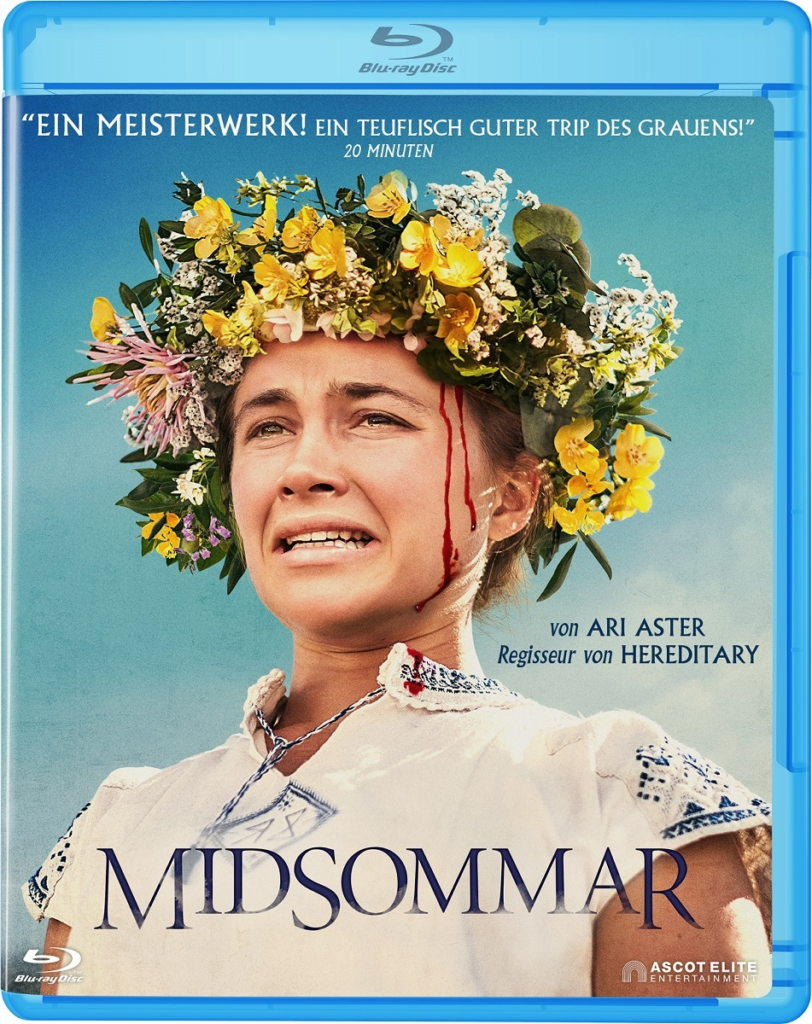
Midsommar turns daylight into something terrifying. The story follows a grieving woman who joins her boyfriend and his friends on a trip to a remote Swedish commune. What starts as a peaceful festival quickly reveals strange customs and violent rituals. The bright, flower-filled setting makes every shocking act even more disturbing.
Director Ari Aster balances beauty and horror in unsettling ways. Florence Pugh gives a powerful performance as Dani, whose emotional pain becomes part of the community’s twisted beliefs. The film’s slow pace allows dread to build in plain sight. Every smile, song, and dance hides something dreadful underneath.
X
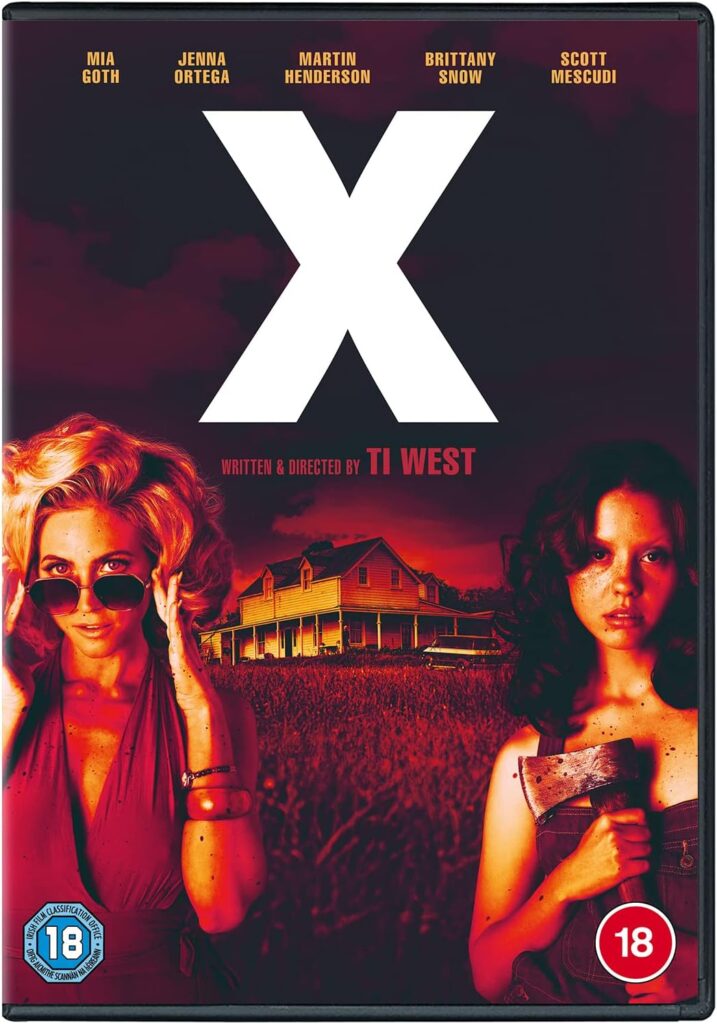
Ti West’s X brings the classic slasher formula back with fresh energy. Set in 1979, it follows a group of filmmakers who rent a farmhouse in rural Texas to shoot an adult movie. What they don’t know is that the elderly couple who owns the property has their own deadly secrets. The tone feels nostalgic, echoing the gritty horror of the 1970s.
The film blends violence with commentary on fame and youth. Mia Goth’s dual role adds layers to the story, giving both vulnerability and menace. Cinematography and music choices help build suspense without relying on cheap scares. It’s stylish, bloody, and surprisingly emotional.
Pearl
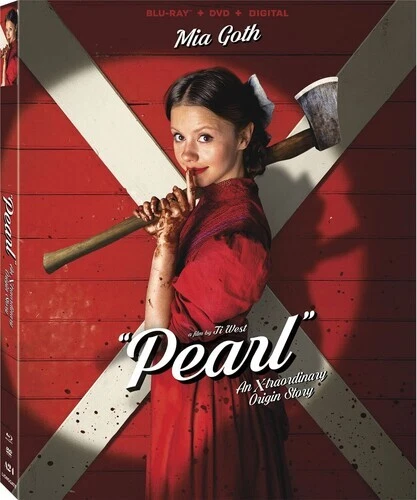
Pearl serves as a prequel to X, showing how an ambitious farm girl becomes a killer. Set during World War I, it mixes Technicolor visuals with a tragic portrait of loneliness. Mia Goth shines as Pearl, whose hunger for stardom clashes with her grim reality. Her growing desperation unfolds slowly, turning sympathy into horror.
The film’s old Hollywood look contrasts with its shocking violence. Director Ti West turns classic melodrama into something unsettling and sad. You feel both frightened and sorry for Pearl as her dreams collapse. It’s a rare horror film that feels both beautiful and heartbreaking.
MaXXXine
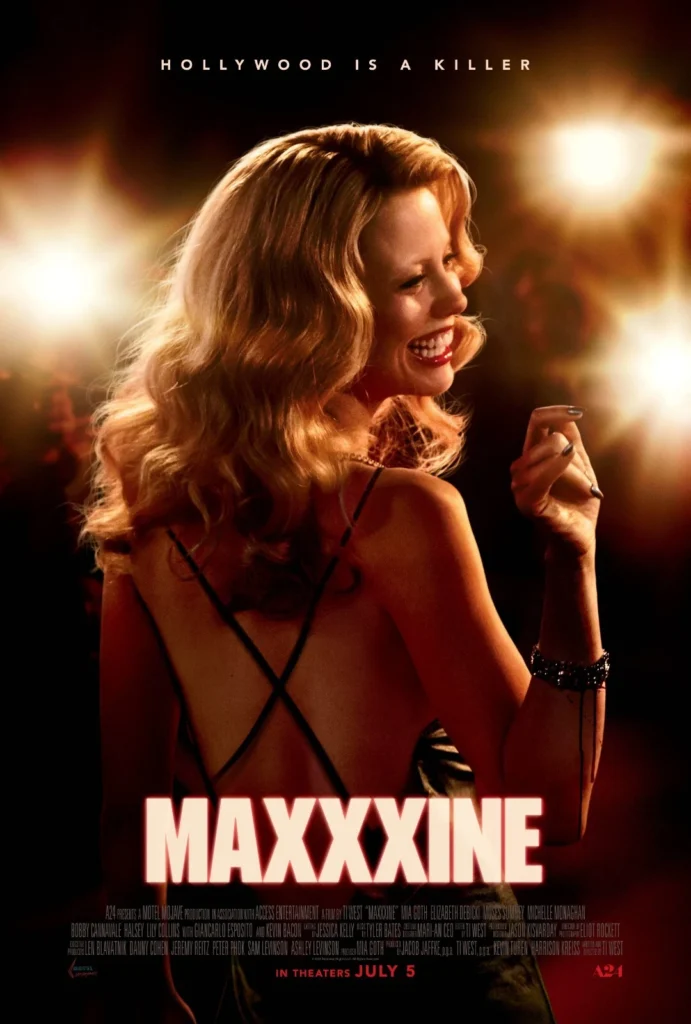
The final chapter of Ti West’s trilogy, MaXXXine, follows the surviving star of X as she chases fame in 1980s Hollywood. The neon lights and flashy setting mask a story about ambition, trauma, and danger. Mia Goth again takes center stage, portraying a woman trying to escape her past while being haunted by it. As the murders start again, the line between survival and stardom blurs.
The movie’s style mirrors the era with bright visuals and a pulsing synth score. It balances slasher energy with noir undertones, creating tension through atmosphere and mood. Ti West ties the trilogy together by exploring the cost of desire. It’s a bold, stylish ending to one of A24’s most daring horror series.
Saint Maud
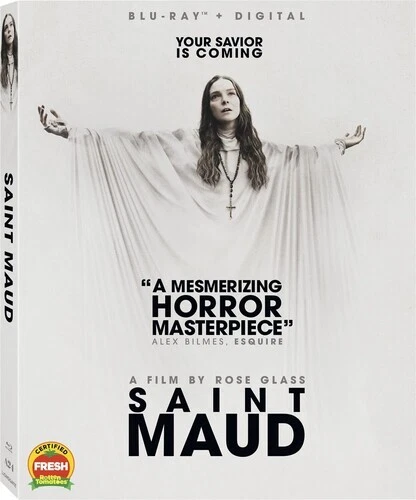
Saint Maud tells the story of a lonely hospice nurse who becomes obsessed with saving her dying patient’s soul. Her faith turns into obsession, leading her down a dark path. Morfydd Clark’s quiet yet powerful performance draws viewers into Maud’s unstable world. The film slowly builds tension through silence, prayer, and hallucination.
What makes Saint Maud unforgettable is its focus on inner torment. Director Rose Glass keeps the story grounded in realism while leaving room for the supernatural. Every flicker of light and whispered voice feels meaningful. It’s a study of devotion gone terrifyingly wrong.
The Lighthouse
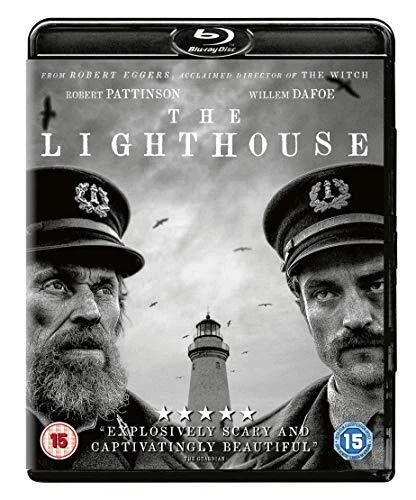
The Lighthouse is a claustrophobic tale of isolation and madness set on a remote New England island. Willem Dafoe and Robert Pattinson deliver intense performances as two lighthouse keepers trapped by storms and secrets. The black-and-white visuals and old-fashioned aspect ratio make it feel like a nightmare from another time. Strange visions and power struggles twist their minds beyond repair.
The film mixes mythology with psychological breakdown. Eggers leaves viewers questioning what’s real and what’s hallucination. Every sound of crashing waves and blaring foghorn adds to the tension. It’s both hypnotic and horrifying in its portrayal of human fragility.
Green Room
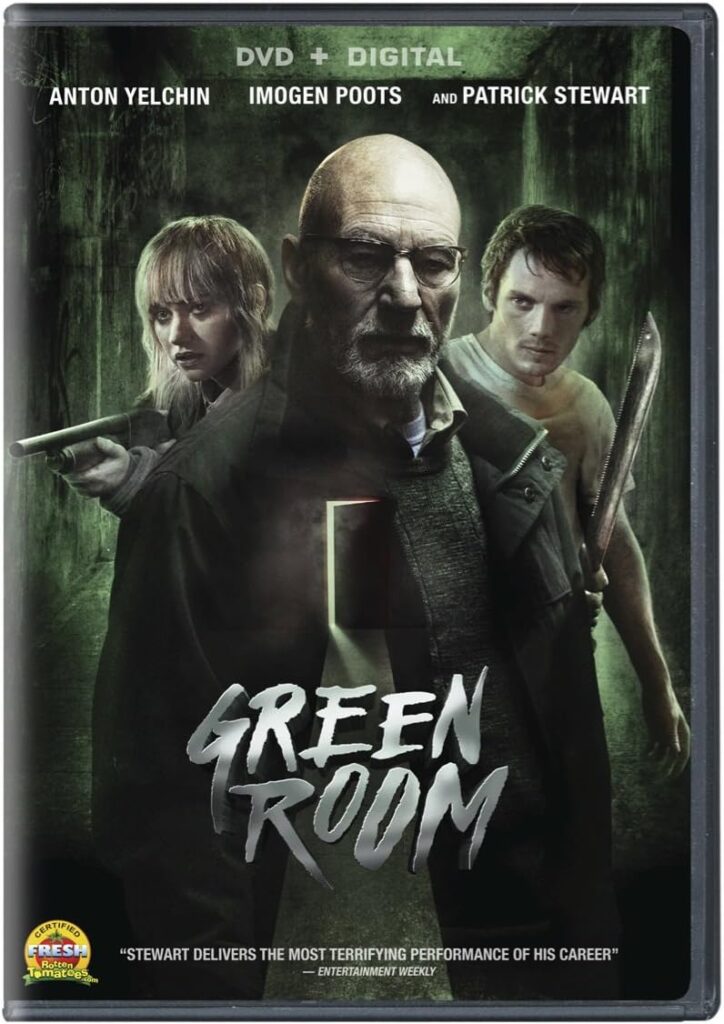
Green Room trades ghosts for gritty realism. It follows a punk band trapped in a remote club after witnessing a murder. Patrick Stewart gives a chilling performance as the leader of a violent neo-Nazi group. The story becomes a brutal fight for survival in tight, dark spaces.
Director Jeremy Saulnier creates relentless tension through clever pacing and raw violence. The practical effects and close-up camera work make every injury feel real. It’s not filled with jump scares, but with dread that never lets up. Green Room shows how human cruelty can be more terrifying than monsters.
It Comes at Night
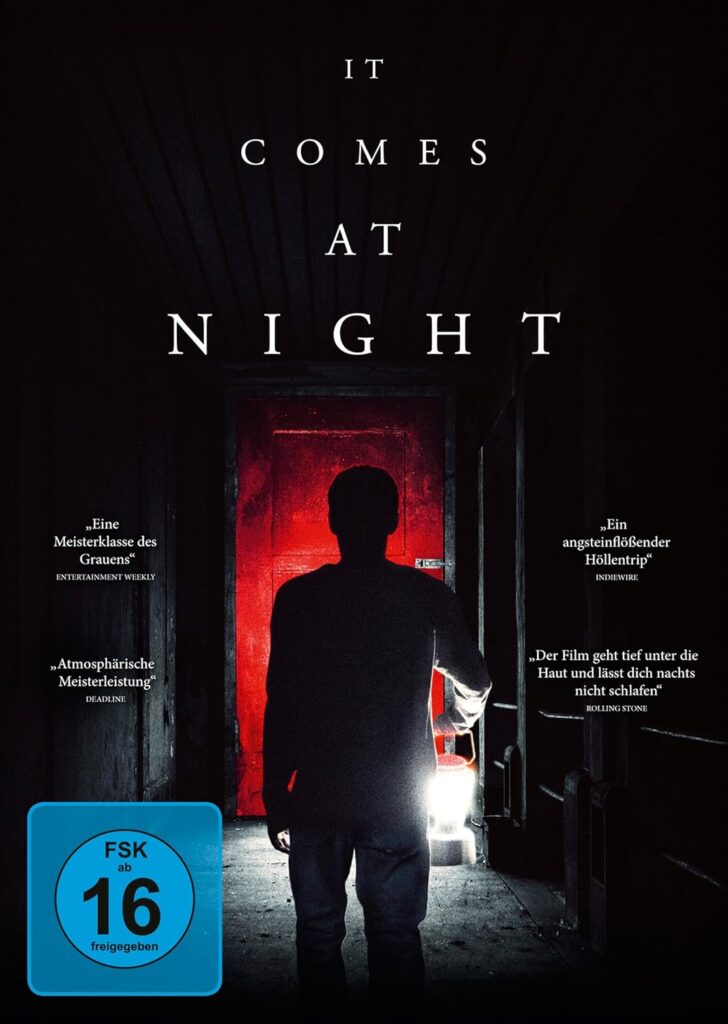
It Comes at Night begins after a mysterious plague has wiped out much of the population. Two families share a secluded house, trying to stay safe from the disease outside. But fear and mistrust soon become the real enemy. The atmosphere grows heavier as paranoia consumes them all.
The film’s power lies in what it doesn’t show. Darkness and silence become its scariest tools. The story feels intimate, with every decision carrying moral weight. By the end, you realize the true horror lives within human nature.
This article originally appeared on Avocadu.
